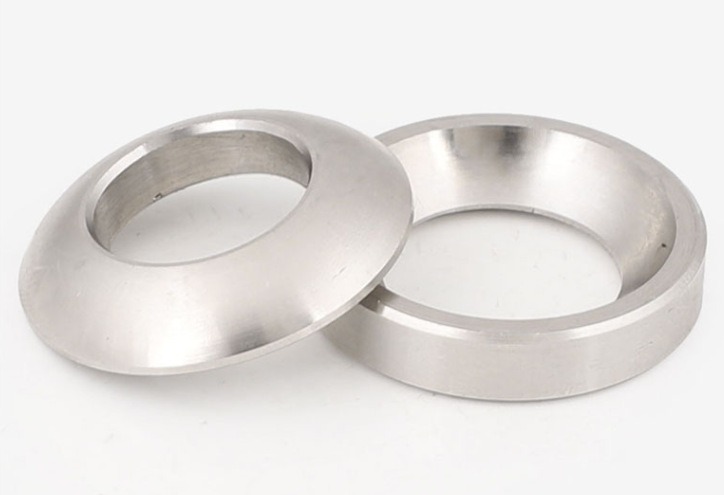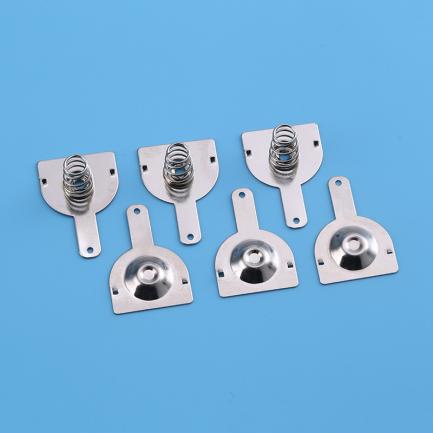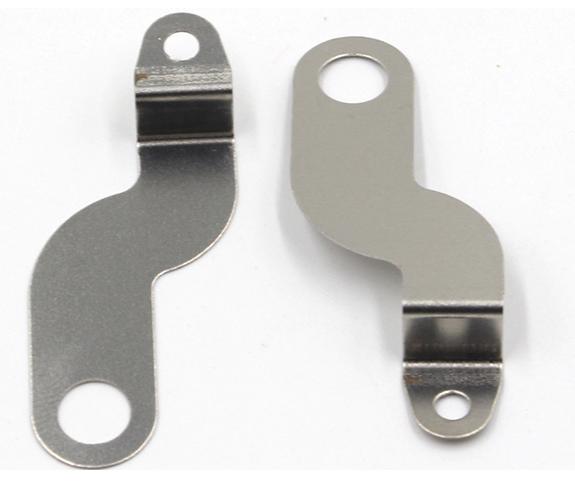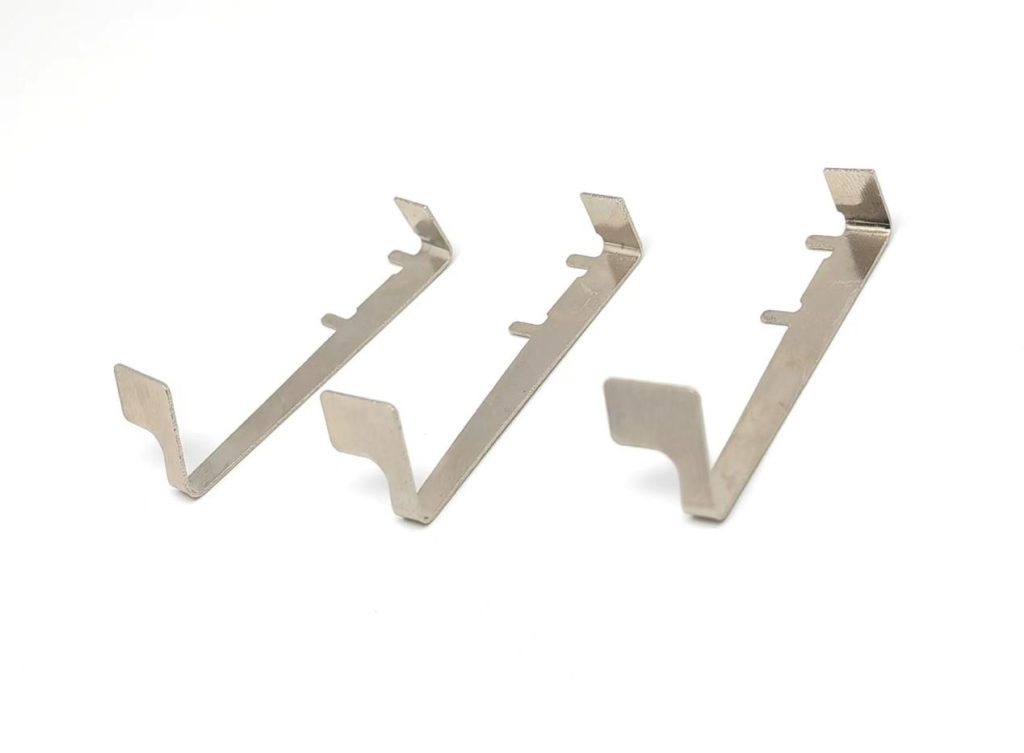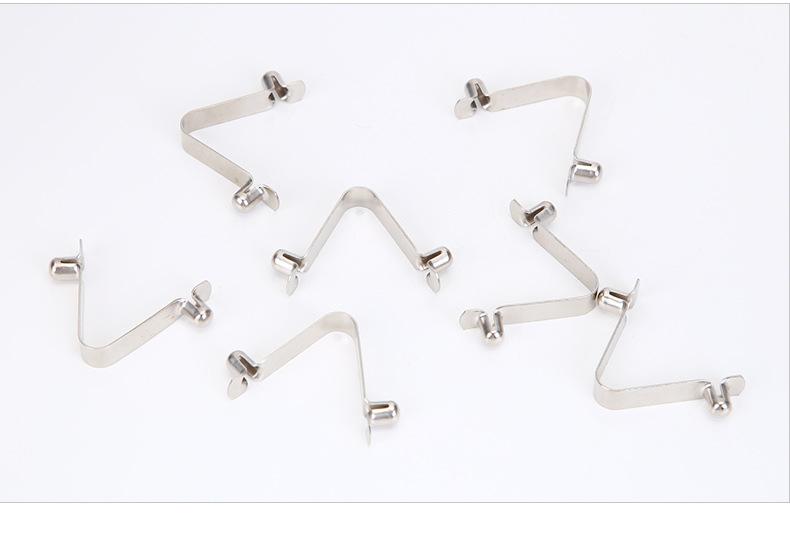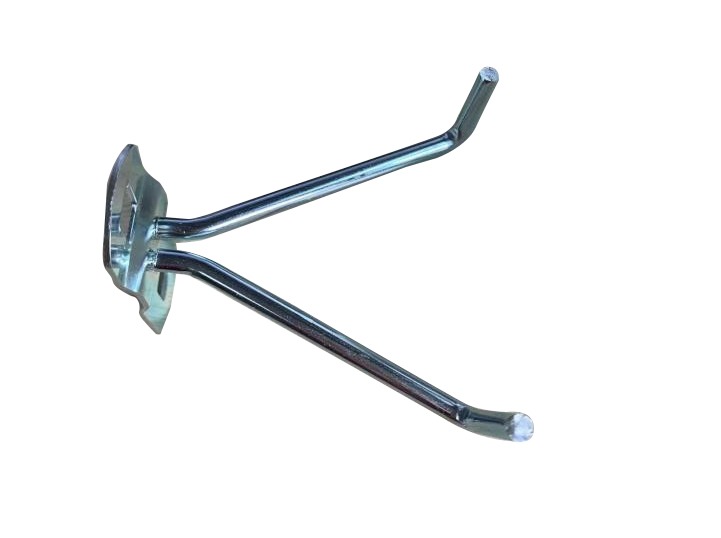What is Cold Stamping
Cold stamping is a metal forming process that is used to create parts with high precision and accuracy. The process involves using a die to shape a sheet metal blank into the desired form. Cold metal stamping is a versatile process that can be used to produce a wide variety of parts, including automotive parts, appliance parts, and electronic components. In this article, we will discuss the characteristics, classification and common materials of the cold stamping process.

The Characteristics of Cold Stamping
There are a number of characteristics that distinguish cold stamping from other metal forming processes. These include:
- High precision: Cold stamping produces parts with very high precision, which is due to the fact that the metal is not heated during the process. This allows for very tight tolerances and complex shapes. For example, cold stamping can be used to produce parts with tolerances as tight as 0.001 inches.
- High speed: Cold stamping is a relatively fast process, which makes it well-suited for high-volume production. For example, a typical cold stamping machine can produce up to 1,000 parts per hour.
- Low cost: Cold stamping is a relatively low-cost process, which makes it a cost-effective way to produce metal parts. This is because the metal is not heated during the process, which eliminates the need for expensive furnaces and other equipment.
- Good surface finish: Cold stamping produces parts with a good surface finish, which is due to the fact that the metal is not heated during the process. This eliminates the need for post-processing operations such as polishing or painting.
- Good dimensional stability: Cold stamped parts are dimensionally stable, which means that they do not warp or distort after they are formed. This is due to the fact that the metal is not heated during the process, which eliminates the possibility of thermal expansion or contraction.
- High strength: Cold stamped parts are typically stronger than parts that are produced by other metal forming processes, such as hot stamping. This is because the metal is not heated during the process, which preserves its strength.
- Good fatigue resistance: Cold stamped parts have good fatigue resistance, which means that they are less likely to fail under repeated loading. This is due to the fact that the metal is not heated during the process, which eliminates the possibility of microstructural changes that can lead to fatigue failure.
- Good corrosion resistance: Cold stamped parts have good corrosion resistance, which means that they are less likely to corrode in harsh environments. This is due to the fact that the metal is not heated during the process, which preserves its protective oxide layer.

Classification of Cold Stamping
Cold stamping processing methods are diverse due to the varying shapes, sizes, and precision requirements of stamping parts. Based on the deformation characteristics of materials and prevailing practices within enterprises, the basic processes of cold stamping can be broadly classified into two categories: separation processes and plastic deformation processes.
Separation processes: These processes involve the cutting or punching of sheet metal to create a desired shape. Some of the most common separation processes include:
- Blanking: This is the process of cutting out a desired shape from a sheet metal blank.
- Punching: This is the process of creating holes in a sheet metal blank.
- Coining: This is the process of forming a raised or depressed image on a sheet metal blank.
- Shear cutting: This is the process of cutting sheet metal with a shearing tool.
Plastic deformation processes: These processes involve the bending, drawing, or forming of sheet metal to create a desired shape. Some of the most common plastic deformation processes include:
- Bending: This is the process of forming a bend in a sheet metal blank.
- Drawing/Forming: This is the process of stretching a sheet metal blank to create a cup-shaped or other complex shape.
- Embossing: This is the process of creating a raised or depressed pattern on a sheet metal blank.
- Curling: This is the process of creating a curl or wave in a sheet metal blank.
The type of cold stamping process that is used will depend on the specific part that is being produced. For example, blanking is typically used to produce simple parts with straight edges, while drawing/forming is typically used to produce complex parts with curved edges.
In addition to the two main categories of separation and plastic deformation processes, there are also a number of other cold stamping processes that can be used to produce specific types of parts. For example, hydroforming is a process that uses high-pressure fluid to form sheet metal into complex shapes. Extrusion is a process that uses a die to force metal through a die opening to create a long, continuous product.
The choice of cold stamping process will depend on a number of factors, including the shape of the part, the material that is being used, and the desired strength and finish of the part.
Common Materials of Cold Stamping
The most common materials used in cold stamping are steel, aluminum, and copper. These materials are all relatively easy to work with and can be formed into a wide variety of shapes. Other materials that can be used in cold stamping include brass, nickel, and titanium.
- Steel: Steel is one of the most common materials used in cold stamping. It is a strong and durable material that can be formed into a wide variety of shapes. Steel is also relatively inexpensive, which makes it a cost-effective material for cold stamping.
- Aluminum: Aluminum is another common material used in cold stamping. It is a lightweight and strong material that can be formed into a wide variety of shapes. Aluminum is also relatively corrosion-resistant, which makes it a good choice for parts that will be exposed to harsh environments.
- Copper: Copper is a good conductor of heat and electricity, which makes it a good choice for parts that will be used in electrical applications. Copper is also relatively easy to form, which makes it a good choice for cold stamping.
- Brass: Brass is a combination of copper and zinc, which gives it a good combination of strength, ductility, and corrosion resistance. Brass is also relatively easy to form, which makes it a good choice for cold stamping.
- Nickel: Nickel is a strong and corrosion-resistant material that is often used in cold stamping applications. Nickel is also relatively expensive, which makes it a good choice for parts that will be used in demanding environments.
- Titanium: Titanium is a strong and lightweight material that is often used in cold stamping applications. Titanium is also relatively corrosion-resistant, which makes it a good choice for parts that will be used in harsh environments. However, titanium is also relatively expensive, which makes it a good choice for high-performance parts.
The choice of material for cold stamping will depend on a number of factors, including the shape of the part, the desired strength and finish of the part, and the environmental conditions that the part will be exposed to.

Summary
Cold stamping is a mature process that has been used for many years. However, the process is constantly being improved, and new technologies are being developed to make the process even more efficient and productive. As a result, cold stamping is likely to remain a popular metal-forming process for many years to come.

